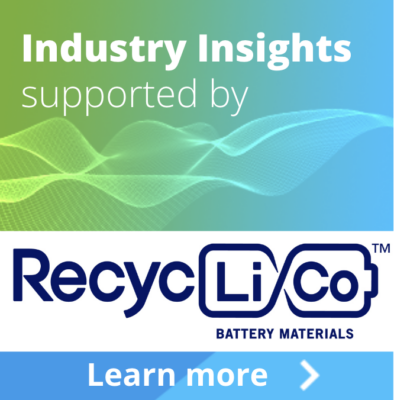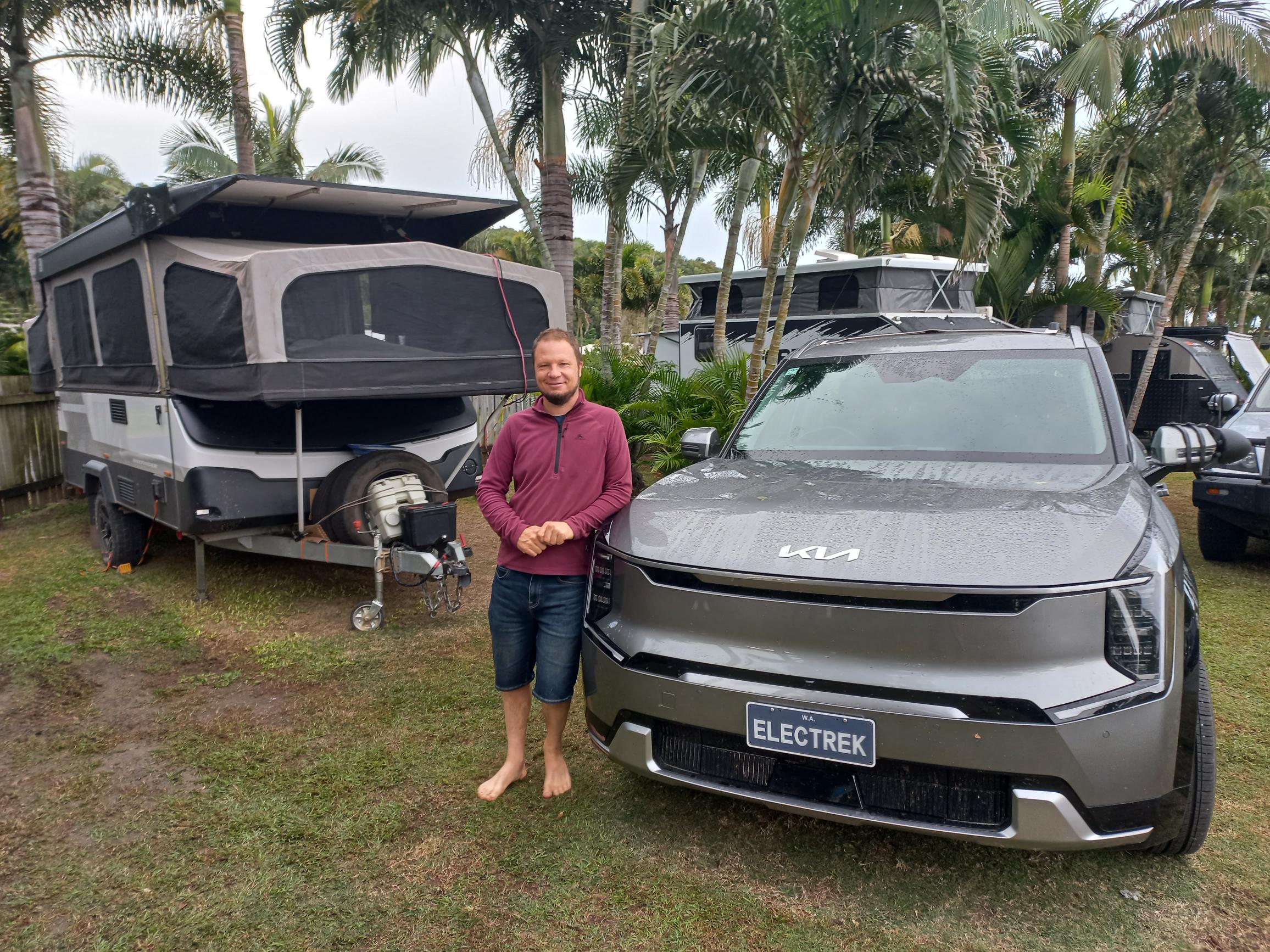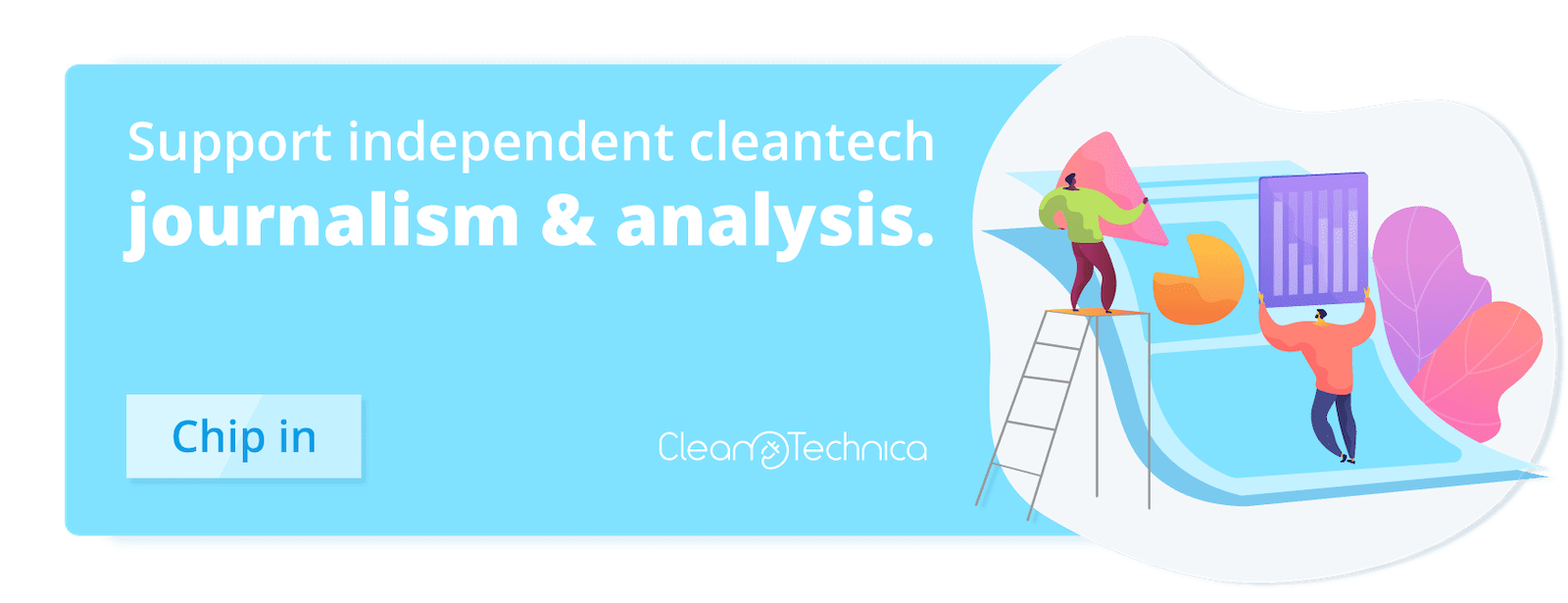
Electric vehicles (EVs) promise emissions-free driving wrapped in a veneer of environmental friendliness, but EV detractors are quick to point out their shortcomings — not the least of which being the massive carbon cost of mining the battery metals (lithium, nickel, cobalt, and manganese) that make up the core of modern li-ion car batteries. This is a sunk cost that companies like Volvo estimate will take tens of thousands of miles driven to get ahead of. But those detractors are missing a critical bit of information: battery recycling.
Once those elements are pulled from the ground, they can theoretically be used and reused, over and over again, with upwards of 99% of the battery materials making it through from one generation of battery to the next. Theoretically, that is, because it’s proven really difficult for most battery recyclers to practically recycle and upcycle the valuable cathode materials found in black mass. However, for those who can, black mass might just be the new “black gold.”
BLACK MASS
The “black mass” that we’re referring to is the residual compound formed by “shredding” li-ion batteries that have reached the end of their usable life cycle. Despite its abundance, the Herculean challenge lies in recovering the valuable cathode elements (lithium, nickel, manganese, and cobalt) entwined within the battery and upcycling them into usable battery materials.
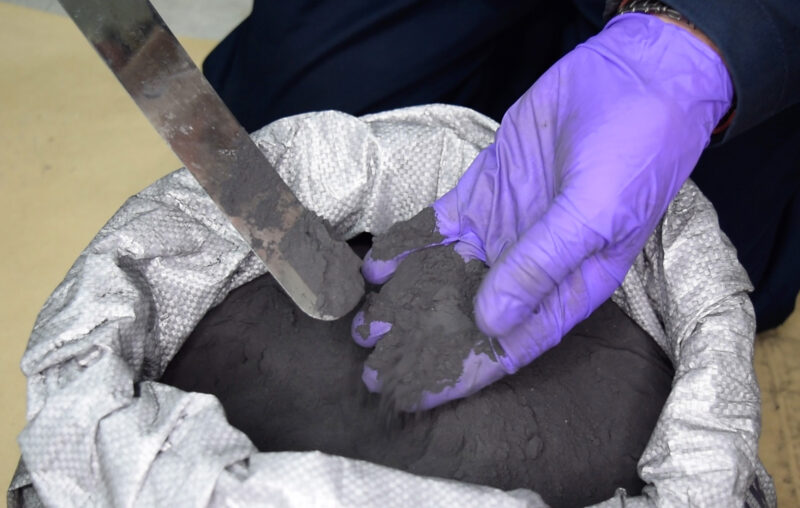
Image courtesy RecycLiCo Battery Materials
“There is a nuance in battery recycling where companies that shred end-of-life batteries and companies, like RecycLiCo, that recover the valuable materials locked within the black mass – are both referred to as ‘recyclers’,” explains RecycLiCo Battery Materials CEO and Director, Zarko Meseldzija.
RecycLiCo is among the first to be able to turn that black mass into “black gold,” recovering almost all of the cathode materials within black mass and upcycling them into battery-grade precursor cathode active material (pCAM) and lithium that can be used again in the battery manufacturing process.
And batteries made from those recovered materials? They’ve been proven to be as good as new — literally!
In independent testing conducted by a major battery supplier, lithium-ion battery cells using RecycLiCo’s high-nickel pCAM with N83 and N90 compositions (nickel-manganese-cobalt oxide containing 83% nickel and 90% nickel, both of which are used in modern high-performance battery cells) were equivalent to cells made using mined material, (read: new) in metrics such as purity, tap density, particle distribution, particle size, and surface area.
The electrochemical testing of RecycLiCo’s recycled material batteries consisted of assembling the pCAM material in lithium-ion battery cells, then cycling the cells through multiple charge and discharge cycles while measuring the specific capacity and Coulombic efficiency against fully “new” batteries.
Meseldzija comments, “Our upcycled materials have showcased their value, emphasizing RecycLiCo’s potential to shape a circular battery supply chain.”
THINGS GET REAL
With RecycLiCo’s process validated by various third-parties, it was time to start putting it to practical use, and the company is doing just that.
Today, RecycLiCo is operating a state-of-the-art demo facility in Vancouver, Canada, generating top-tier battery materials for industry-leading brands — but that’s not all.
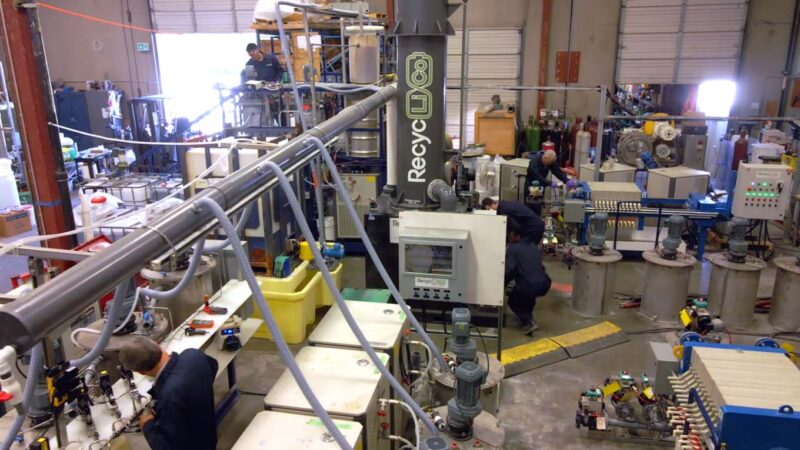
Image courtesy RecycLiCo Battery Materials
This past spring, RecycLiCo announced plans to launch a $25M USD, 50-50 joint venture battery recycling project with Zenith Chemical Corporation to build a 2,000-metric-ton-per-year (that’s nearly 4.5 million pounds per year) lithium battery recycling plant in Taiwan.
“Zenith is an ideal partner for our first joint venture on several levels,” explained Paul Hildebrand, Chairman of RecycLiCo, in a statement. “They have deep technical expertise in chemical processing, and established infrastructure, which will enable us to move swiftly and efficiently toward production. Zenith has extensive contacts in the lithium-ion battery field, and as a private company, they possess a dynamic and flexible management team capable of reacting quickly to emerging opportunities. I extend my gratitude to the management teams from both Zenith and RecycLiCo for their commitment and dedication in bringing this agreement to fruition.”
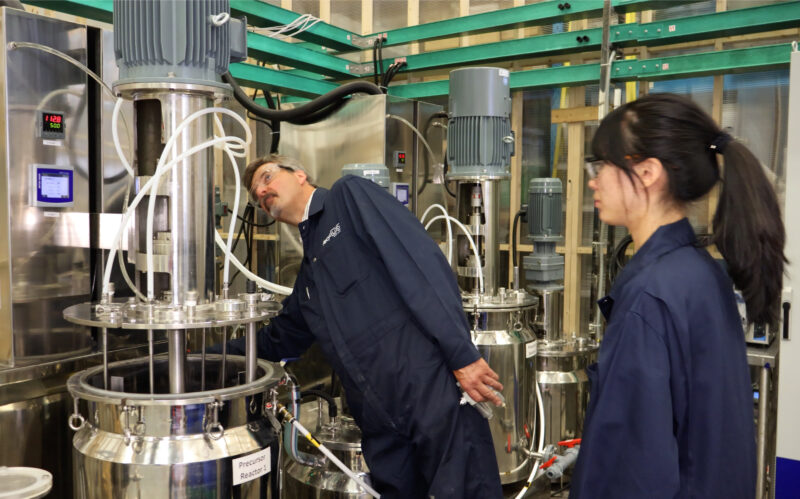
Image courtesy RecycLiCo Battery Materials
Battery recycling is no longer a niche concept — it’s a burgeoning industry with billions at stake. RecycLiCo’s involvement dates back years, as evidenced by their long-standing R&D programs. Zenith may just be the tip of the iceberg.
In other words, Zenith is positioned to be the first of many commercial joint ventures. And, as the automotive world plows headlong into developing all-electric model ranges, RecycLiCo’s lithium-ion battery recycling solution could be just what automakers and battery manufacturers need to provide the US with the critical minerals and metals needed to sustainably power North America’s battery-powered future.
I’m not the one to add the word “critical” up there, by the way. That was Brandon Tracy, a Congressional analyst in Energy Policy who authored the Critical Minerals in Electric Vehicle Batteries report last August. He detailed growing concerns among some Members of Congress and various industry advocacy groups about securing mineral inputs used in EV batteries for American manufacturing interests — and, thanks to advances such as RecycLiCo’s process, it’s going to be possible to help build that truly circular economy and ensure those minerals remain in use for generations of electric vehicles to come.
To find out more about RecycLiCo and the technology behind its patented process for battery recycling, visit their website at RecycLiCo.com, or follow the company on LinkedIn or Twitter for great, “snackable” content describing their unique approach.
This article is sponsored by RecycLiCo.
I don’t like paywalls. You don’t like paywalls. Who likes paywalls? Here at CleanTechnica, we implemented a limited paywall for a while, but it always felt wrong — and it was always tough to decide what we should put behind there. In theory, your most exclusive and best content goes behind a paywall. But then fewer people read it! We just don’t like paywalls, and so we’ve decided to ditch ours. Unfortunately, the media business is still a tough, cut-throat business with tiny margins. It’s a never-ending Olympic challenge to stay above water or even perhaps — gasp — grow. So …

